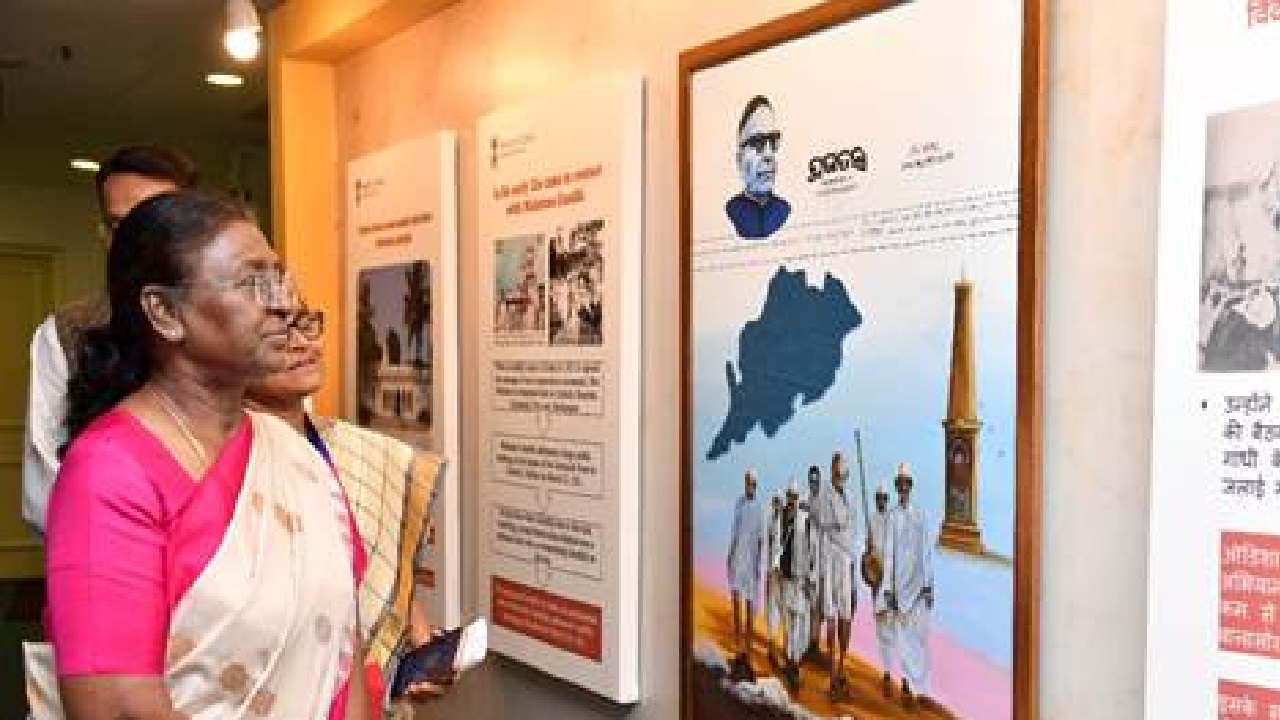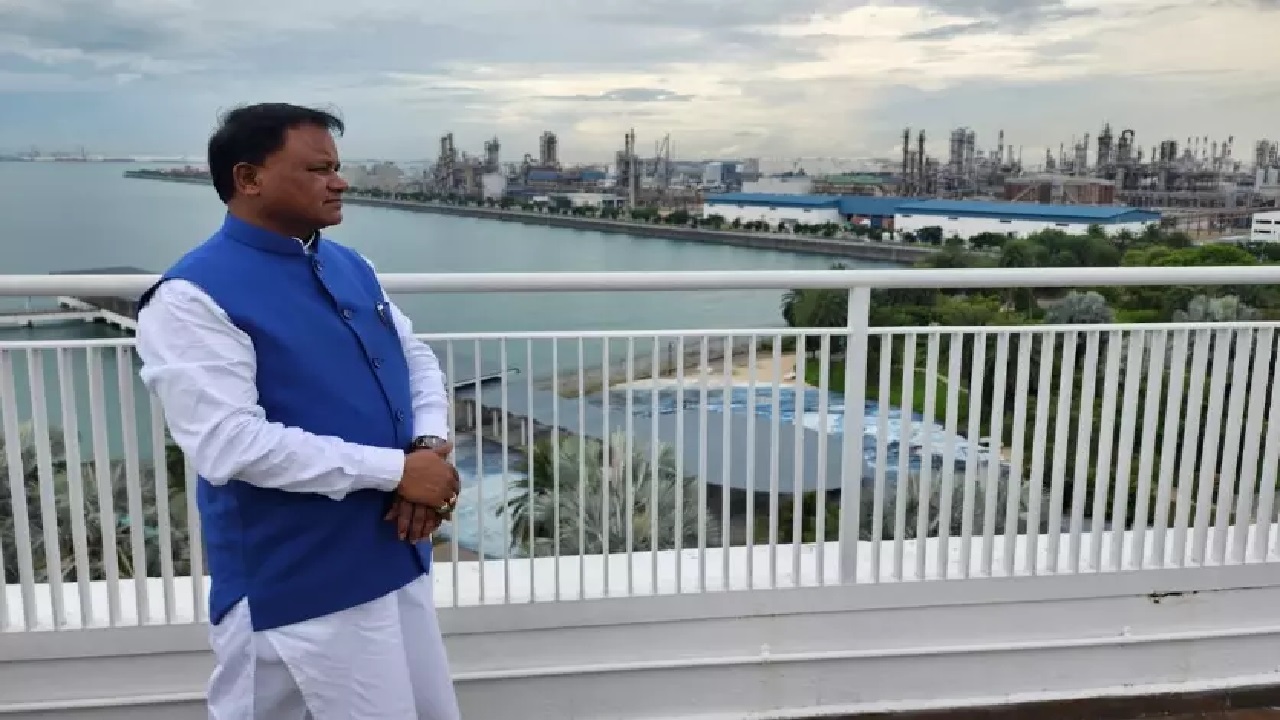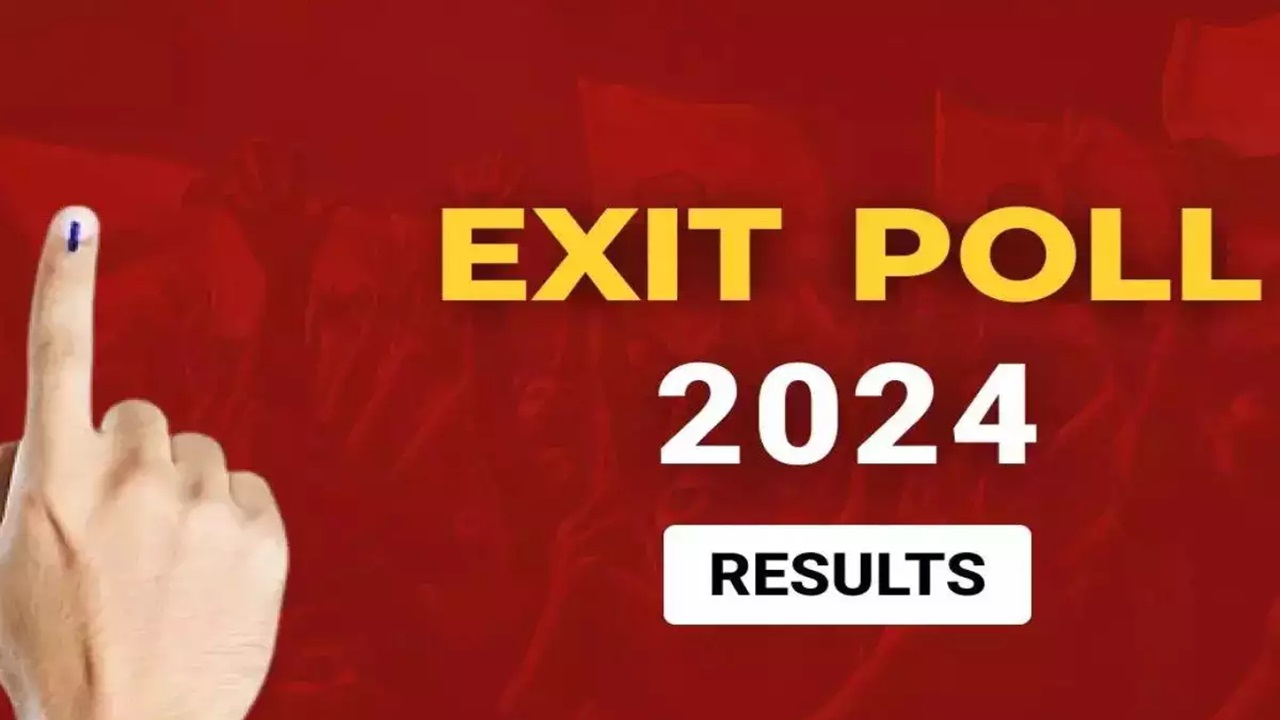
Despite the typically high demand during the festive season in India, car sales have seen a significant downturn, leaving an estimated ₹79,000 crore worth of vehicles unsold. This trend has raised concerns among manufacturers and dealers as they navigate the economic landscape, which has been affected by rising interest rates and inflation.
The automotive market has been experiencing a downturn since May of this year, with sales declining by 18.81%, as reported by the Federation of Automobile Dealers Associations (FADA). This ongoing decline has led to increased inventories and a more cautious approach from consumers.
The slowdown has notably affected the ₹10-25 lakh price segment, which was previously a key driver of sales growth post-pandemic. The decline in consumer interest in this segment is concerning, as it was once a robust area for automakers.
Many automakers expected a surge in sales during festivals like Diwali, traditionally a time for consumers to make significant purchases. However, several factors, including increased vehicle prices, changes in consumer preferences, and broader economic uncertainties, have contributed to this unexpected decline in sales.
Reasons Behind Low Car Sales During the Festive Season
1. Rising Interest Rates: Increased interest rates on auto loans have made financing more expensive, deterring potential buyers from making purchases during the festive season.
2. High Vehicle Prices: The prices of vehicles have risen significantly, partly due to inflation and increased manufacturing costs, which has affected consumer affordability and willingness to buy.
3. Economic Uncertainty: Broader economic concerns, including job security and inflation, have led consumers to be more cautious with their spending, impacting discretionary purchases like cars.
4. Shifts in Consumer Preferences: There is a growing trend towards electric vehicles (EVs) and sustainable transportation options. Many consumers may be delaying purchases in anticipation of new EV models or more favorable policies.
5. Supply Chain Issues: Ongoing supply chain disruptions and shortages of components have affected vehicle availability, leading to delays and uncertainties in purchasing timelines.
6. Inventory Management: Manufacturers may have overestimated demand during the festive season, leading to an oversupply of vehicles that has not translated into sales.
7. Changing Consumer Behavior: The pandemic has shifted how consumers prioritize spending, with many focusing on experiences or saving rather than making large purchases like vehicles.
8. Aggressive Competition: With numerous models and brands available, consumers are taking their time to compare options, resulting in longer decision-making processes and potential delays in purchases.
These factors combined have resulted in a significant inventory build-up, with an estimated ₹79,000 crore worth of vehicles lying unsold, indicating a need for strategic adjustments by manufacturers and dealers to revive sales in the upcoming months.
Industry experts suggest that the current inventory buildup could lead to aggressive discounts and promotional offers as manufacturers attempt to clear stock before the end of the fiscal year. While some segments, such as electric vehicles, have shown promise, overall sales figures indicate a challenging period for the automotive sector.
The situation calls for a strategic re-evaluation of sales approaches and customer engagement strategies as companies aim to adapt to shifting market dynamics and consumer behaviors. As the industry looks ahead, addressing these challenges will be crucial to reviving sales and restoring confidence among manufacturers and consumers alike.
As consumers face rising costs and economic uncertainty, many are choosing to delay their purchases, even for vehicles that were previously in high demand. The combination of these factors underscores the challenges facing the automotive industry, as manufacturers and dealers navigate an evolving market landscape with changing consumer preferences and economic conditions.







